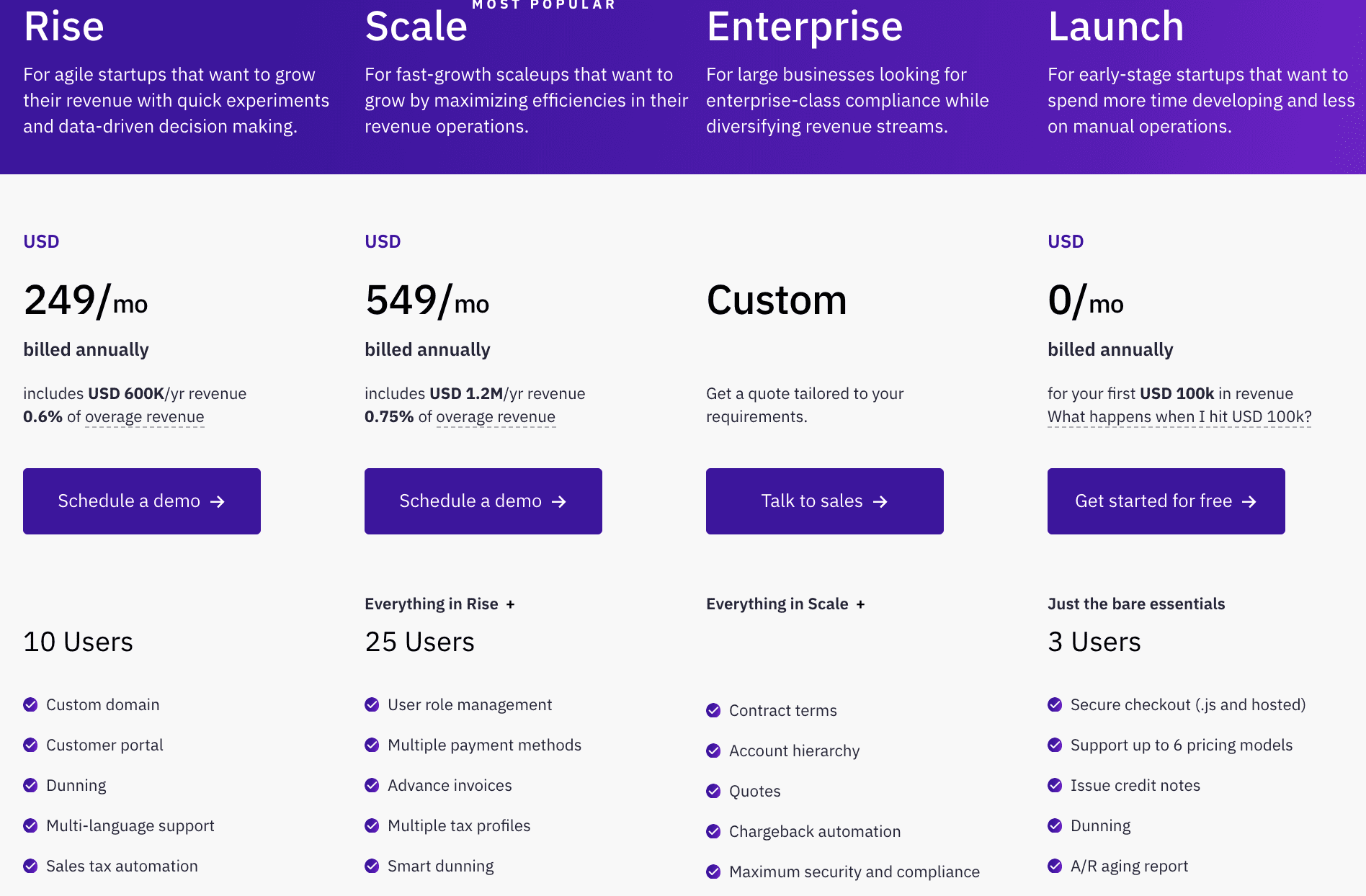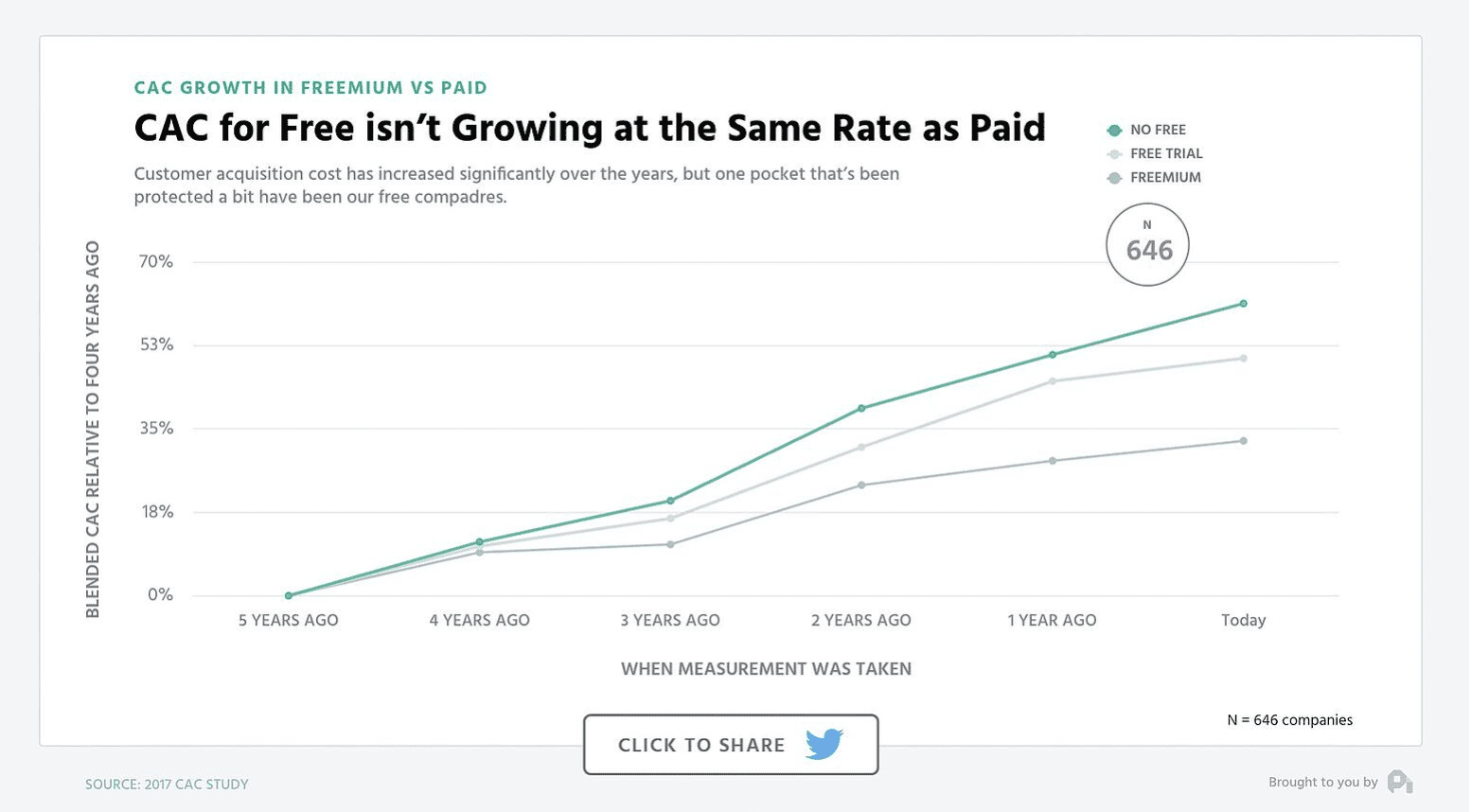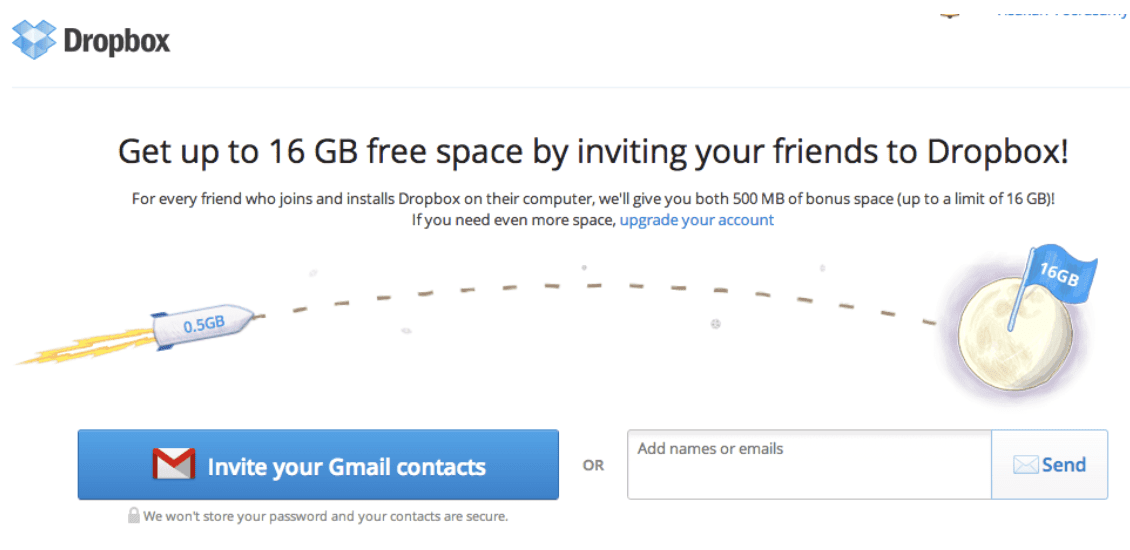One of the conclusions of the Forrester report, Death of a (B2B) Salesman, suggests that B2B buyers increasingly prefer do-it-yourself options when it comes to doing their research on products and services they want to purchase. And it’s not even a close call! The survey says three out of four B2B buyers want to self-educate rather than talk to sales representatives to learn more about the products and services.
Enter free trials.
Free trials have always come in handy when you want to let your product drive sales. They are beneficial for both parties, as they allow users to experience your product first-hand and drive potential customers through your doors. While most SaaS companies have used free trials as an effective product-led acquisition strategy, this option isn’t for everyone. There are a few aspects to consider before actually implementing one.
In this article, we’ll discuss what a free trial is, its pros and cons, and considerations before implementing it, so you can make an informed decision on whether a free trial can be beneficial for your business.
What is a Free Trial?
A free trial entails a product or service offered to the public for free for a limited period of time (usually ranging from a week to a month) so people can use it and decide whether they would like to purchase it.
Free trials can be short, long, with a credit card or without a credit card. For detailed information on the different trial strategies and trial periods, you can read our guide – Trials, and the tribulations of finding the perfect strategy that works for you.

Before we jump into the pros and cons of free trials, let us clear the air between the different types of free – free trial and freemium.
Free Trial is Not to Be Confused with Freemium
Many confuse free trials and freemium plans to be the same since freemium, at the outset, often looks like a free trial. However, the freemium model is not limited by time like the free trial. The freemium business model offers limited functionality to entry-level users. While most free trials provide the complete functionality of the paid product, there are instances where even free trials come with limited functionality – that decision depends on the complexity of the product and how much a business would like to reveal to the public.
The decision doesn’t have to be “either/or.” Both free trials and freemium models have their benefits, and it’s up to you to make a calculated decision as to what would work best for your product and your business.
For instance, Chargebee offers a 14-day free trial so users can play around with the product features themselves should they not choose to go through a consultative sales route (product demo) to make the purchase decision. We also offer a freemium plan for early-stage startups that are generating $100k or lower in revenue. Once they hit the $100k mark, they will be auto-converted to a paid plan, or they can choose to upgrade to the next (premium) plan.

Pros and Cons of a Free Trial
While anything with the word “free” in it can never sound bad, a free trial – along with its many advantages – also has a couple of disadvantages. Let’s go through each of them.
The Good
The Product Experience
This forms the core advantage of a free trial – letting users explore your product.
Free trials allow users to discover features and figure out your product’s value. You can also jump in with onboarding and support to make this trial period a seamless and more effortless experience for the user, increasing the chances of conversion.
The Psychological Benefits of a Free Trial
There are two aspects involved. On your part, a free trial displays confidence in the quality of your product. For the user,
- it creates a sense of ownership (endowment effect – we value things more highly if we own them),
- it creates a sense of urgency (loss aversion – since it’s limited time, feelings of scarcity force the decision, and users likely end up purchasing should your value promises live up to their expectations), and
- it eases the fear of commitment (allows them to see what they’re missing out on without having to spend).
Data Capture
Signing up for the free trial requires the user’s personal information – at least an email address for sure, it allows you to gather critical information of many potentially interested consumers. Go ahead and build your email list!
Additionally, free trials capture more than just personal information. You will have access to valuable data, including usage patterns and even the data of the users who churned. This data can be pretty helpful for you to identify where you can improve your product and onboarding process.
Actionable Feedback
Free trials are a great way to get relevant feedback on your product, unlike product testing, since your target user base is using it. Free trials, hence, can be a more straightforward and effective way of getting your users’ feedback on your product or service. You can send out a short survey asking the user why he is choosing to cancel – basically, how you can improve your product or what you could’ve done better. This process could also be way easier if you already have a support team in touch with the user.
Lower Customer Acquisition Costs
Product-led strategies can be quite beneficial in reducing your CAC. Free trials take a bottom-up low-touch approach to customer acquisition by letting the product do most of the sales and marketing work, resulting in lower CAC.
Research by Profitwell depicts lesser CAC for free trials (and freemium plans) when compared to paid versions:

The Bad
Overhead Costs
While a product-led acquisition strategy can have a lesser CAC, you cannot ignore the overall overhead costs. As we discussed, you still have to spend money to attract users to your free trial, and if it’s a complex product, you will require good onboarding and sales support. And even though there aren’t physical product costs, you need to think about the data accumulation from usage. Do you have the capacity to process high volumes of data from free trial users quickly? Will you be experiencing lags? Should this be the case, conversion rates are likely to be impacted.
Longer Sales Cycle
Apart from affordability and costs, there’s also the matter of unavoidable churn. There will be many users who sign up but have zero intention of actually considering the purchase. This makes it more challenging to retain these customers, prolonging your sales cycle. Additionally, free trial periods might not offer enough time to allow the user to form a solid opinion about your product’s functionality and value. It can take a few tries before you hit the sweet spot on how long your trial period should be.
Intense Competition
Free trials are so common that it is an understatement to say that competition is fierce. Almost all successful companies in SaaS like Slack, Asana, Dropbox, Zoom, Snowflake, and more have implemented either free trials or freemium models, or both. It isn’t enough to just offer a service for free – you must ensure distinction. Are you doing something different or offering something extra, like incentives or freebies? For example, Dropbox incentivized its product trials in the following manner:

Summing it up: Considerations Before Implementing a Free Trial
Free trials are not a one-size-fits-all approach. For the model to work, you need to ask yourself the following questions:
- Does your product require white-gloved assistance?
If it does, then the user will not be able to derive the intended benefit out of your free trial. Your product should be easy to use. If it’s complex, the user should be well assisted by tutorials, guides, and sales support wherever needed.
- Can your business deal with large volumes of users?
Instant support during product trials is a must, and the need for it only increases with an increase in potential prospects. Your business should have a self-service capability to meet support requirements, or you should have a support/sales team. If either is not there, you might need to rethink implementing a free trial.
- Finally, are your users engaged throughout the trial?
This is the most critical question since converting your free trial users into paying customers forms the crux of a free trial. From onboarding to support, you must keep your users constantly engaged, through a well-designed user experience to a high-level product overview (as part of onboarding) to quick follow-up and end-of-trial emails. Onboarding is an ongoing process. Check out this blog to know what you can do to craft a seamless user experience with onboarding and beyond.
If your answers to these questions are satisfactory, there’s no denying the effectiveness of a well-planned free trial. Implementation includes choosing the type of free trial you can offer and figuring out the time limit on your trial, which will require extensive experimentation. And this might be pretty cumbersome and difficult to do on your own.
So, ensure seamless execution with a robust billing software that can help you set up one-click trial extensions, trial ending reminders, smart drip campaigns, eliminate developer dependencies, and a lot more. Here’s how you can manage your SaaS trials painlessly with Chargebee.





